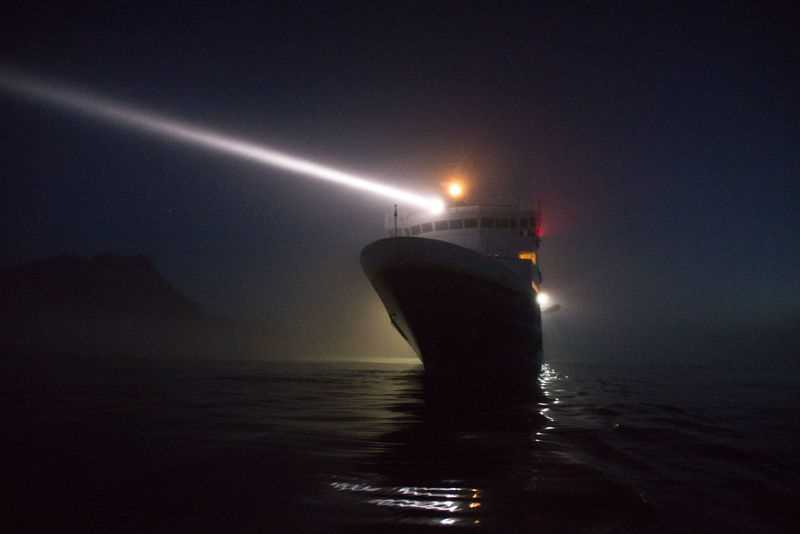Where does one start? For the planet’s select few who are lucky enough to make it to South Georgia, there is little guarantee the winds will cooperate long enough to bag every landing on the schedule. So, when the weather allows a chance to land at St. Andrew’s Bay, before dawn, under calm seas with the suggestion of a colorful sunrise, every vessel should jump at the chance. And that’s exactly what we did today.
With just a tinge of light on the horizon the National Geographic Explorer deployed guests and staff towards the shores of the world’s largest king penguin colony. During the Zodiac ride in, not a single penguin could be seen, just the cacophony of sound, and the wall of smell characteristic of 100,000 birds and their chicks. It didn’t take long before an orange glow to the east outlined the bodies of these elegant animals and ushered in pink and lavender clouds to frame their silhouettes. As the morning light slowly revealed more and more of the colony, it also began to expose the magnitude of the mountains and glaciers that serve as a backdrop to this avian spectacle. Very few words were spoken this morning. Just the sound of shutter clicks and the occasional stunned, “wow,” seemed to be enough.
Only after returning to the ship and setting sail for Ocean Harbor, a few miles to the north, did the excited chatter seem to peak. All the thoughts, emotions, and overwhelming gratitude spilled out and carried over into our afternoon activities ashore and on the water.
Ocean Harbor is the site of South Georgia’s very first whaling station and offers the chance to hike into the hills and, find ideal protection from wind and swell, perfect for small boat operations. While the beaches are littered with Antarctic fur seal pups, the harbor is filled with kelp beds and the remains of an old coal transport vessel, the Bayard. Kayakers had the opportunity to drift alongside its listing hulk or simply drift quietly and reflect on the spectacle of the day.









